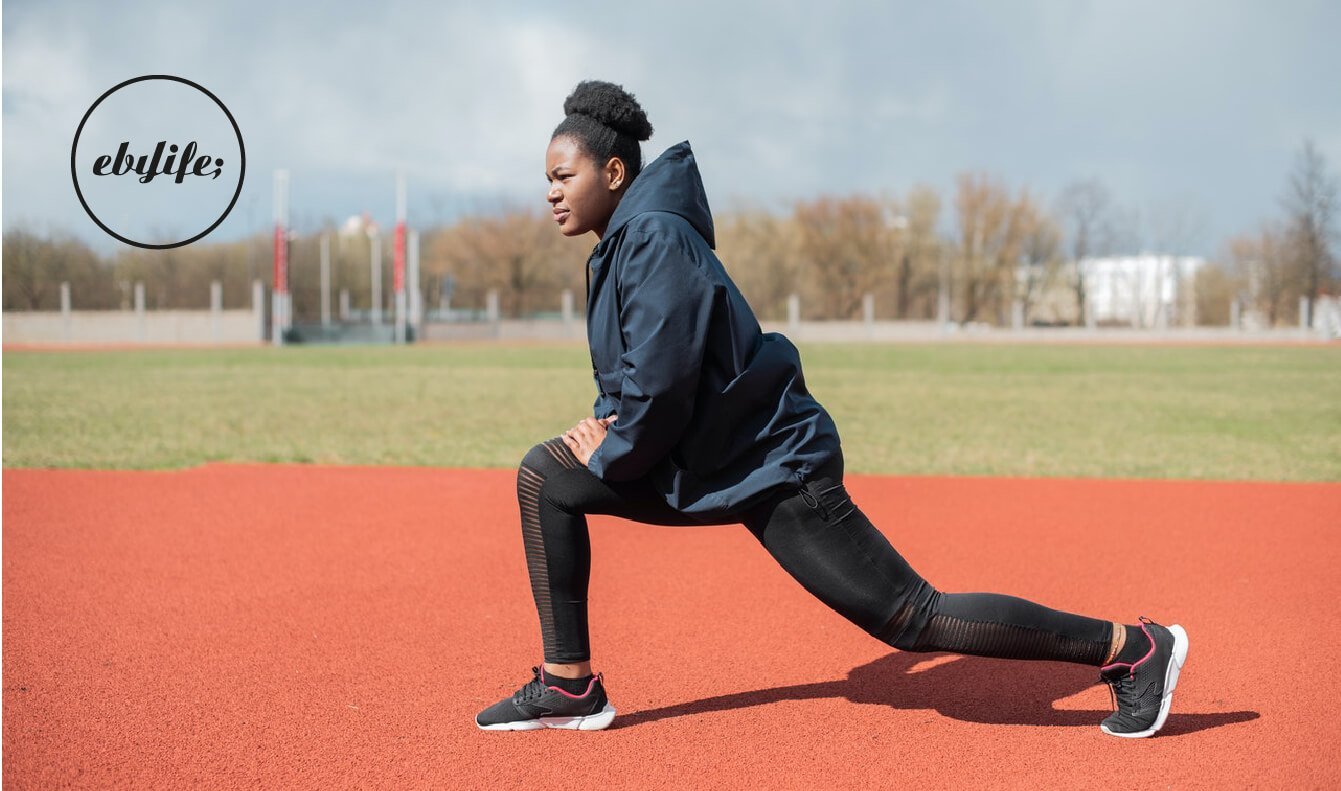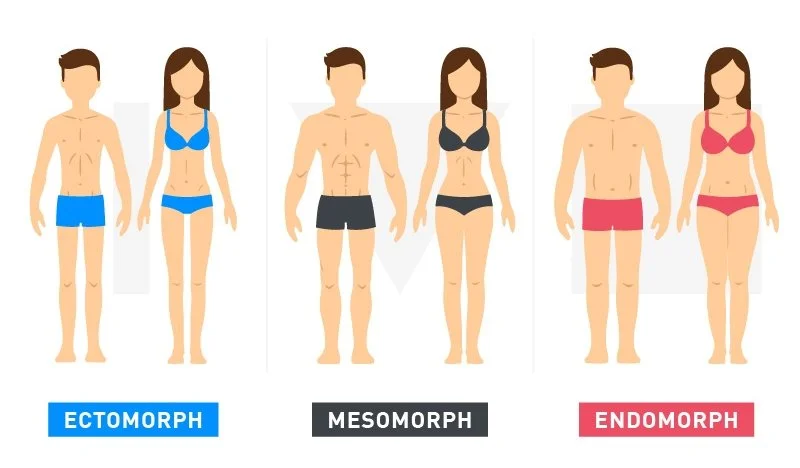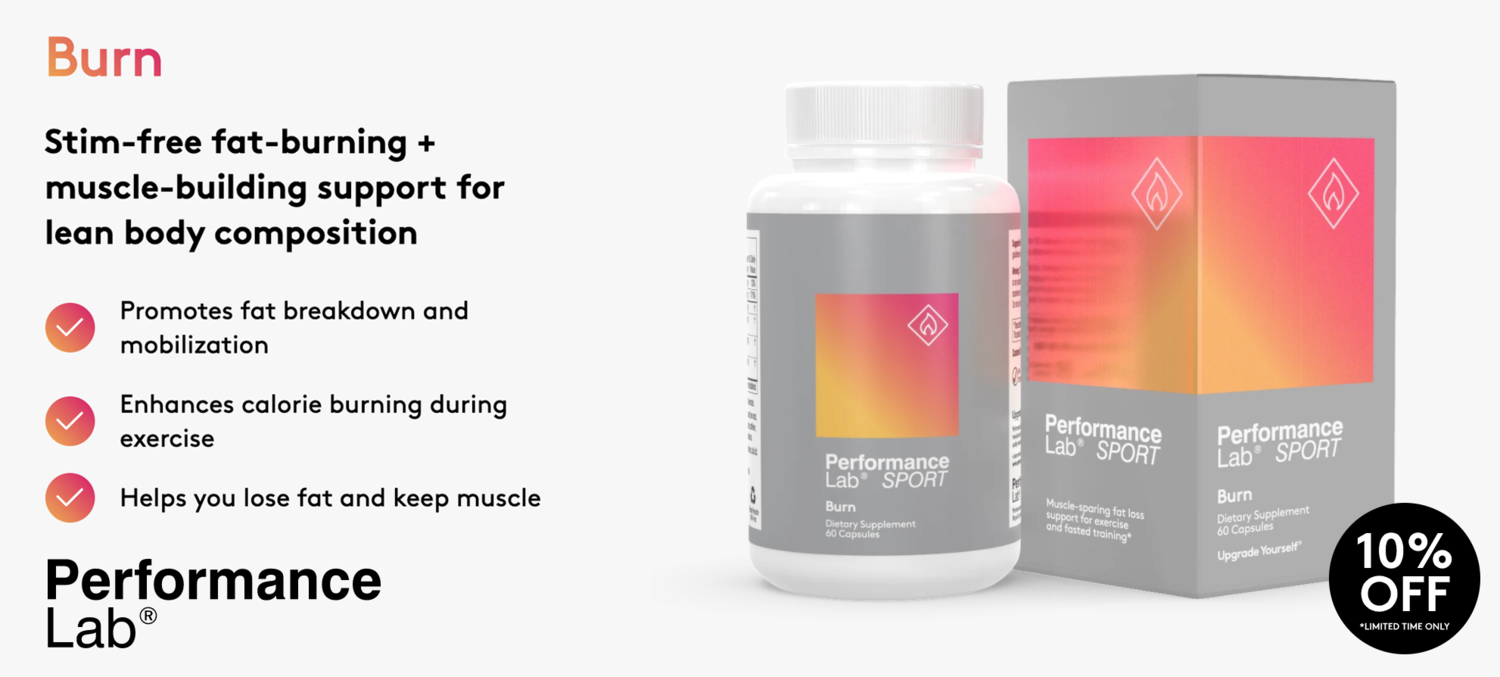Expectations vs reality - The hard truth about your fitness goals
By Martin Ebner
In a world where you can literally have anything and everything you need delivered to your front door with nothing more than a smart phone, it's inevitable that we've become a little lazy and impatient. We want it all and we want it now - as long as we don't have to work for it.
Unfortunately, the health and fitness industry is little different. Companies and so called health “professionals” fuel this unhealthy attitude towards exercise and extreme results by praying on the insecurities and the laziness of the general population, often to sell a service or product. You only have to look at a magazine stand or the marketing of the latest fad fitness products to see the extent of the problem. Lose 10 pounds in 10 days (of water weight). Abs of steel in under 7 minutes a day (when combined with a calorie deficit diet) or a skinny tea that eliminates a lifetime of poor lifestyle and dietary choices (I can't even justify this one). The harsh truth is, if it's too good to be true, it almost always is.
“If it seems too good to be true, it almost always is!”
Now. All of this isn't to say that you can't have an incredible body and look fabulous. Just know that if you really want it, you're going to have work damn hard for it. There are no short cuts and if you aren't willing to commit to a lifestyle change (which is totally fine), your expectations need to be altered to match the reality of what's possible given your level of commitment.
Here's are a few things you need to consider when setting fitness goals:
Body type
It seems we're surrounded by incredibly sexy people everywhere we look. From Calvin Klein models and celebrities to influencers and athletes. It's intimidating to say the least and not at all surprising that we envy and aspire to look like our pin-ups.
However, there is a often a big problem when comparing our own bodies to our so-called idol(s) and it's called, Genetics. We can't change them, no matter how hard we try.
This is why it's extremely important when beginning an exercise program to choose (if you must) your role models wisely. If you're naturally curvaceous and have the tendency to gain weight quickly (endomorph traits) don't compare yourself to a Victoria's secret model (ectomorph). The same goes if you're a stocky guy (endomorph) idolising brad Pitt's physique in fight club (ectomorph). It's a fight that you simply can't win!
Instead, take a good honest look in the mirror or the image above and try to realistically envision what's possible for your body type. If you can do this and be honest with yourself about what's achievable, you'll stand a far greater chance of being able to make the right decisions for your body type.
Additionally, once you know and accept your body type and shape, you can better plan your workouts to compliment your figure. There is no one size fits all when it comes to exercise and diet and just because you follow Kayla Itsines's (current) or Arnold Schwarzenegger's (original) workout plan, doesn't mean you'll acquire their physique. It's genetics!
Note - If you have any doubts about your body type or shape, seek the advice of a qualified professional. Not only should they be able to help put any doubt you have to rest, they can also help you design a workout plan (and diet) that helps you get the best possible results for your body type.
Related article: How to build a successful workout plan
Aging
It's important to acknowledge that our bodies change over time. This happens because of hormonal shifts as we age. While you may have been skinny when you were 16, you're 40 now so try to stop reminiscing about how great your figure was some 20 + years ago. It’s not healthy! Instead, try to accept where you are now and exercise and eat accordingly. Trust me! You can still have a fantastic body. It just won't be exactly as it was in your teens and early twenties.
Commitment
The next thing to consider is your level of commitment. If you have dreams of losing 50 pounds in a year, one workout a week and no changes to your diet aren't going to cut it I'm afraid. If you want it, you're going to have to work for it so stop looking for shortcuts and fads and start working!
The simple truth is that you get out of exercise what you put into it, both in terms of intensity and frequency, so be honest with yourself and your level of commitment and adjust your expectations accordingly. If you can only squeeze in 2 light 30-minute workouts a week, that's fine. Just don't expect the results of a hardcore 5-day a week workout program.
Consistency
Consistency is another key to getting in shape. There should be no end date here. By all means, set goals but don't simply give up when you get there. A summer body is built all year round, not in the weeks leading up to summer. If you want to get it and keep it, it's a lifestyle change you're looking for, not a quick fix.
It's important then to be realistic when It comes to how often you can commit to working out. If you aim to exercise too often, it'll likely result in inconsistent patterns. 10 days on, 10 days off = 2 steps forward, 2 steps back. These patterns of inconsistency will get you nowhere. Instead, be sensible and choose a routine that you can sustain long-term and then stick to every week without interruption!
Related article: Consistency - the key to training success
Diet
Diet is more than half the battle when it comes to getting in shape and staying healthy. If you exercise for an hour and use that to justify eating junk, while you're not directly cancelling out the health benefit of the workout, you are making it extremely difficult to obtain visible results.
While many people can commit to exercise, most aren’t willing or able to make the necessary changes to their diets which make all the difference.
“You can not out-train a bad diet”
A final word.
As a personal trainer, it's my responsibility to help manage the expectations of my clients and readers.
This article has in no way been written to crush your hopes of having your dream physique, and while it may seem negative in parts, it’s actually my intention to encourage you and to help you realise what’s possible for your body type and level of commitment.
By properly managing your expectations of what’s possible from exercise and by having a better understand of what’s required to reach your goals, you can approach exercise and diet with a much healthier attitude.





